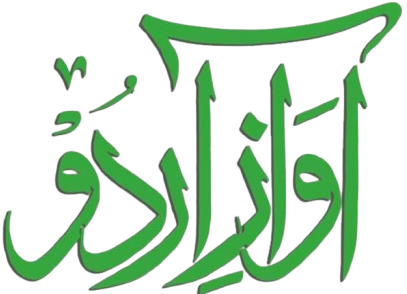The Art of Qata is an Arabic term meaning fragment, piece, or cut-off portion. It holds a significant place in Urdu poetry, referring to a specific poetic form consisting of two or more verses that present a unified theme or idea in continuity. With a minimum of two verses, this poetic style requires that the second and fourth lines must rhyme with each other.Let’s dive into the historical and artistic nuances of Qata and its relevance in Urdu literature.

Understanding the Structure and Style of “The Art of Qata”.
The Art of Qata is a poetic fragment that focuses on a specific thought, often characterized by brevity and sharpness. The following features define its structure:Minimum Two Verses: A Qata must have at least two verses but can extend beyond that.Rhyme Scheme: The second and fourth lines adhere to a rhyming pattern, adding musicality and rhythm to the poem.Focused Themes: Unlike longer poetic forms, a Qata condenses its expression into concise verses.The ability to express profound ideas in a few lines makes this form an enduring favorite in Urdu poetry.
A Glimpse into the History of Qata.
The Art of Qata is tradition in Urdu poetry is deeply rooted in the influence of Persian literature, where poets often used it for moral and ethical reflections. The renowned scholar Khawaja Muhammad Zakarya authored “Urdu Mein Qata Nigari” in 1977, a seminal book exploring the history, techniques, and principles of this poetic form.This work highlights early practitioners such as Altaf Hussain Hali and Akbar Allahabadi, showcasing how their moralistic tendencies shaped Qata. However, Zakaria critiques excessive moralization, suggesting it diluted poetry’s emotive richness.
Renowned Qata Poets in Urdu Literature.
Some of the most celebrated names in Qata writing include:Rais Amrohvi: Known for his satirical and contemporary takes, his contributions to Daily Jang remain iconic.Allama Iqbal: While Iqbal’s Qata convey moral lessons, their universal themes and philosophical depth make them timeless.Modern Urdu poets have expanded the horizons of Qata, incorporating humor and addressing socio-political themes to cater to evolving audience preferences.
The Evolution of Qata:
From Morality to Modernity.Earlier, Qata often focused on moralistic themes, reflecting societal values and ethical dilemmas. However, as literary tastes evolved, so did the themes. The modern era has witnessed a rise in:Contemporary Issues: Poets now address current events, infusing their verses with wit and satire.Humor and Irony: Lighthearted and humorous Qatas have gained immense popularity, especially in newspapers and social media.Personal Reflections: Themes of love, loss, and introspection have also found their way into this form, making it more relatable.
Why Qata Remains Relevant Today.
Despite its classical roots, Qata has adapted to contemporary literary landscapes. The following factors contribute to its lasting appeal:Brevity: In a fast-paced world, the short form of Qata resonates with readers.Versatility: Its adaptability to humor, criticism, and philosophical musings ensures its relevance.Connection to Current Events: Poets like Rais Amrohvi have shown how Qata can comment on societal and political issues effectively.
Qata and Its Contribution to Urdu Poetry.
The poetic form of Qata is more than just a fragment; it represents a fusion of tradition and innovation. From Akbar Allahabadi’s ethical reflections to Allama Iqbal’s broad philosophical canvases, Qata has served as a medium for poets to encapsulate profound thoughts in a compact form.
Conclusion.
In today’s literary gatherings and platforms, Qata continues to inspire both poets and readers. Whether it is a humorous take on daily life or a thought-provoking commentary on societal issues, this poetic form remains an integral part of Urdu literature. As we explore its past and adapt it to the present, Qata serves as a bridge between classical artistry and modern creativity, ensuring its place in the hearts of poetry enthusiasts for generations to come.
If you’re interested in reading this book, click the link below for a free download.
https://drive.google.com/file/d/1R9xYw1ID1C90jEWmfyGI6lVU9C7fLLGB/view?usp=sharing
If you’d like to listen to this book in audio format, click the CONTACT button below to get in touch with the AwazeUrdu team to order the audiobook.
Contact us:Click the link below to watch the video on Facebook as well.
https://www.facebook.com/share/v/17zPDG65Yw
Click the link below to watch the video on Febspot as well.
https://www.febspot.com/video/2568118
Click the link below to watch the video on Rumble as
well. https://rumble.com/v5xmaqt-the-art-of-qata-in-urdu-poetry..html
